
HHS plan makes progress in ensuring availability of safe vaccines.

HHS plan makes progress in ensuring availability of safe vaccines.
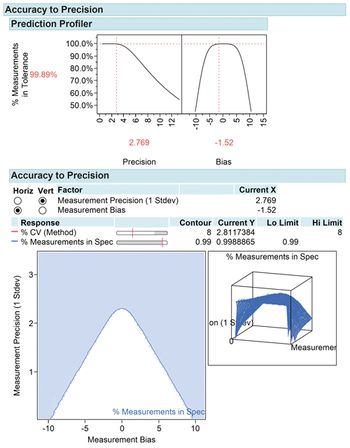
Design of experiment is a powerful development tool for method characterization and method validation.
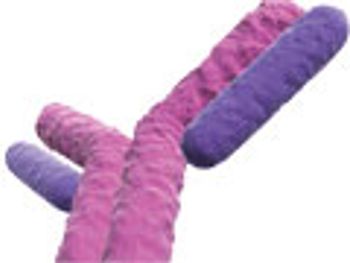
The targeted delivery of cytotoxic drugs using antibody drug conjugates would not be possible without effective linkers to connect and then release the key chemical and biological materials.

Thirteen companies are accepted for participation in the supply chain program.

NCI launches trial to assess the utility of genetic sequencing to improve patient outcomes.

Genmab enters collaboration with Eli Lilly to use and evaluate Genmab's DuoBody technology for bispecific antibodies.

Antibody fragments pose unique challenges in recovery, purification, and formulation.
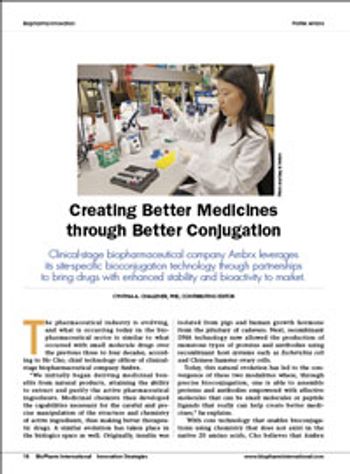
Clinical-stage biopharmaceutical company Ambrx leverages its site-specific bioconjugation technology through partnerships.
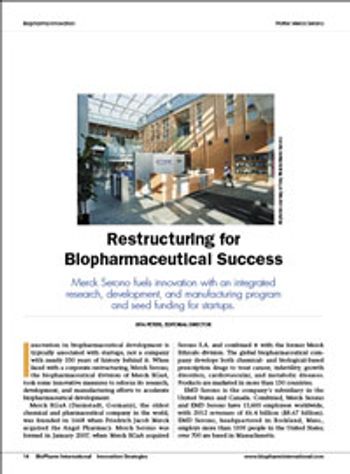
Merck Serono fuels innovation with an integrated research, development, and manufacturing program and seed funding for startups.

The European Union is strengthening its pioneering role in the regulation of biosimilars by further developing the basic rules for determining the levels of compatibility for this group of drugs. There are, however, some key issues that are not easy to resolve, as evident in a recent workshop on biosimilars organized by the European Medicines Agency (EMA).

The rising cost of drug development and the decreasing proportion of drug-naive population in the US and European markets are driving international pharmaceutical companies to consider emerging markets as a location to conduct their clinical trials. Asia stands out among the emerging markets given its double-digit growth rates.

FDA releases a strategic plan and issues a proposed notification rule to improve prevention and resolution of drug shortage problems.

A new report details FDA's role and responsibilities in personalized medicine.

BioPharm International speaks with industry experts about challenges faced in managing the cold chain.

USP is developing and revising distribution standards in response to changes in the global supply chain.
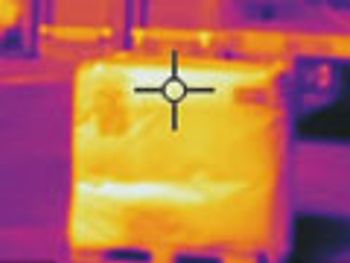
The authors discuss how to develop a cost-effective thermally protective packaging system.

GSK and the Gates Foundation will invest a combined $1.8 million in early stage research into vaccine thermostability.

The first part of CPhI's Annual Expert Industry Report examines ADCs, single-use technology, and regulatory failure.

The authors review the angiopoietin pathway as an alternative for safer and more efficacious anti-angiogenic therapeutics.

FDA publishes guidance on ANDA submissions.

EMA releases details of restructuring.

EMD Millipore receives recertification of GMP compliance for Biodevelopment Centre in Martillac, France.

FDA updates guidance to reflect advances in technology.

Establishing a well-defined training program is a crucial activity for any biopharmaceutical organization.
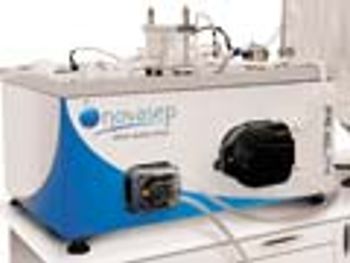
Novasep's Sius single-use tangential flow filtration skid offers a 100% single-use TFF solution.